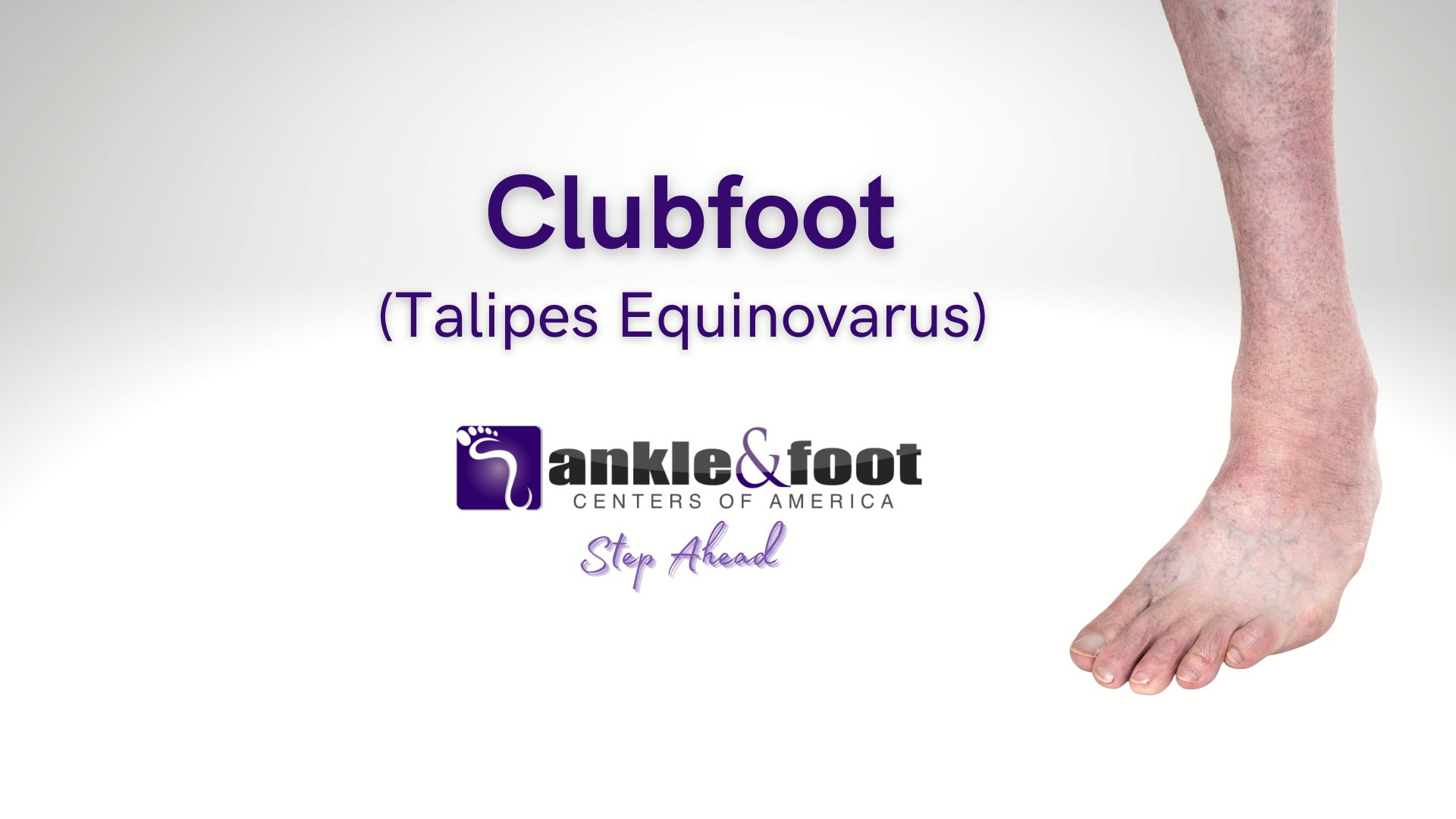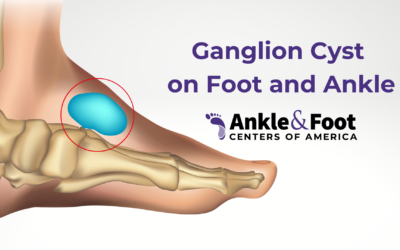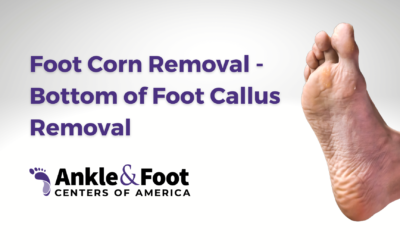Clubfoot is a congenital condition that affects the positioning and alignment of one or both feet at birth. It is characterized by the foot being turned inward and downward, making it difficult for the affected individual to walk or participate in physical activities. Early intervention and specialized treatment are crucial in addressing clubfoot to ensure optimal outcomes and improve mobility for individuals living with this condition.
Understanding Clubfoot
Clubfoot is a complex condition that requires a deeper understanding of its causes and how it is diagnosed. By familiarizing ourselves with these aspects, we can gain insights into the treatment options available.
Definition and Causes
Clubfoot, also known as talipes equinovarus, is a condition in which the foot is twisted inwards and downwards, making it appear rotated. This misalignment affects the bones, tendons, and muscles of the foot, causing functional limitations.
 The exact causes of clubfoot are still not fully understood. However, research suggests that a combination of genetic and environmental factors contributes to its development. It is important to note that clubfoot is not caused by anything the parents did during pregnancy.
The exact causes of clubfoot are still not fully understood. However, research suggests that a combination of genetic and environmental factors contributes to its development. It is important to note that clubfoot is not caused by anything the parents did during pregnancy.
Diagnosis and Evaluation
Early diagnosis plays a crucial role in initiating timely treatment for the conditions. Club foot specialists utilize various diagnostic tools and evaluations to confirm the presence of clubfoot and determine the severity of the condition.
The diagnosis of clubfoot is typically based on a physical examination of the infant’s foot and ankle. Medical professionals assess the range of motion, foot alignment, and muscle strength. Additional imaging tests such as X-rays or ultrasounds may be used to obtain a more detailed understanding of the foot’s structure.
Treatment Options
The treatment of clubfoot aims to correct the foot’s position and alignment, enabling the individual to walk and move without limitations. The treatment options can be categorized into non-surgical approaches and surgical interventions, depending on the severity and response to initial treatment.
Non-Surgical Approaches
Non-surgical interventions are often the first line of treatment for clubfoot, particularly in infants. These approaches focus on gradually manipulating the foot into the correct position and maintaining it through stretching exercises and the use of braces.
-
Stretching and Physical Therapy Techniques
Stretching exercises are an integral part of non-surgical treatment for clubfoot. These exercises help stretch the soft tissues and tendons around the foot, allowing for gradual correction of the foot’s position. Physical therapy techniques, such as the Ponseti method, have shown promising results in repositioning the foot and improving overall foot function.
-
Bracing Methods and Their Effectiveness
Bracing plays a crucial role in maintaining the corrected foot position after stretching exercises. The most commonly used brace for clubfoot is the Denis Browne splint or boots and bar brace. This brace is worn for a specific duration, typically 23 hours a day in the initial months, gradually reducing the usage over time. It helps prevent the recurrence of clubfoot and supports the foot’s proper development.
-
Lifestyle Modifications and Home Care
In addition to stretching exercises and bracing, certain lifestyle modifications and home care techniques can support the treatment of clubfoot. This may include providing a supportive environment for the child, ensuring proper footwear, and creating opportunities for physical activity and play.
Surgical Interventions
 In some cases, non-surgical approaches may not fully correct the foot alignment or if the condition is severe. Surgical intervention becomes necessary to address the structural abnormalities and achieve optimal foot function.
In some cases, non-surgical approaches may not fully correct the foot alignment or if the condition is severe. Surgical intervention becomes necessary to address the structural abnormalities and achieve optimal foot function.
-
-
When Surgery is Necessary
Surgery for clubfoot is usually considered when non-surgical methods have not achieved the desired results or if the condition is detected later in childhood or adulthood. The decision for surgery is made based on the individual’s age, severity of the clubfoot, and the overall health condition.
-
Different Surgical Techniques Used in Clubfoot Treatment
Various surgical techniques can be employed to correct clubfoot, depending on the specific needs of the individual. These may include tendon lengthening, releasing tight structures, bone realignment, or joint fusion. The surgical approach is tailored to each patient’s unique requirements.
-
Risks and Benefits Associated with Surgical Interventions
Like any surgical procedure, clubfoot surgery carries certain risks, such as infection, scarring, or nerve damage. However, the benefits of surgery can include improved foot alignment, enhanced mobility, and a better quality of life. The decision to proceed with surgery is made collaboratively between the medical team and the patient or their parents.
-
Rehabilitation and Recovery after Surgery
Rehabilitation plays a crucial role in the success of clubfoot surgery. It involves post-operative care, physical therapy, and follow-up appointments. The rehabilitation process aims to optimize healing, restore foot function, and prevent future complications.
-
Clubfoot Treatment in Nashville, TN
 Nashville, Tennessee, is home to renowned specialists and clinics that offer comprehensive care and treatment options for individuals with clubfoot. When seeking treatment in Nashville, it is essential to consider the expertise of the specialists, the available treatment facilities, and the support networks that can aid in the treatment journey.
Nashville, Tennessee, is home to renowned specialists and clinics that offer comprehensive care and treatment options for individuals with clubfoot. When seeking treatment in Nashville, it is essential to consider the expertise of the specialists, the available treatment facilities, and the support networks that can aid in the treatment journey.
Best Specialists and Clinics
Nashville boasts a team of highly skilled clubfoot specialists in Tennessee who have extensive experience in diagnosing and treating clubfoot. These specialists possess in-depth knowledge of the latest advancements in clubfoot treatment techniques, ensuring that patients receive the best possible care.
Treatment Facilities and Services
In Nashville, there are specialized treatment facilities dedicated to providing comprehensive care for individuals with clubfoot. These facilities offer state-of-the-art equipment, experienced healthcare professionals, and a supportive environment to enhance the treatment experience. Additionally, they often provide additional resources and services such as educational materials, support groups, and counseling for patients and their families.
Living with Clubfoot
Living with clubfoot can present long-term effects and potential complications that individuals and their families should be aware of. Understanding these aspects can help in managing the condition effectively and improving overall quality of life.
Long-Term Effects and Complications
While early and appropriate treatment can greatly improve the outcomes of clubfoot, there can still be long-term effects and potential complications that individuals may face. It is essential to be aware of these factors and take necessary measures to manage them.
- Foot Function and Mobility: In some cases, individuals with clubfoot may experience residual foot deformities or limitations in foot function and mobility, even after treatment. Physical therapy and rehabilitation can help improve foot strength, flexibility, and overall mobility.
- Foot and Leg Length Discrepancy: Clubfoot can sometimes result in a discrepancy in foot and leg length. This may require additional interventions such as shoe lifts or orthotic devices to address the imbalance and promote proper alignment and gait.
- Arthritis and Joint Stiffness: Clubfoot can increase the risk of developing arthritis in the affected foot and ankle joint. Joint stiffness and discomfort may be experienced, particularly in adulthood. Ongoing monitoring and management can help mitigate these issues.
- Emotional and Psychological Impact: Living with a visible physical difference like clubfoot can have emotional and psychological implications. Support from family, friends, and professional counselors or support groups can play a vital role in addressing these challenges and promoting mental well-being.
Psychological and Emotional Impact
Living with clubfoot can have an impact on an individual’s psychological and emotional well-being. It is essential to address these aspects and provide the necessary support to individuals and their families.
- Building Self-Esteem and Confidence: Encouraging a positive self-image and fostering self-confidence in individuals with clubfoot is crucial. Providing a supportive and inclusive environment can help boost self-esteem and empower individuals to embrace their uniqueness.
- Emotional Support and Counseling: Offering emotional support to individuals and their families can help them navigate the challenges associated with clubfoot. Professional counseling services or support groups specifically tailored for individuals with clubfoot can provide a safe space to share experiences and seek guidance.
- Education and Awareness: Promoting education and awareness about clubfoot within the community can help reduce stigma and increase understanding and acceptance. By creating a more inclusive and informed society, individuals with clubfoot can feel supported and empowered.
Preventing Clubfoot and Promoting Awareness
 Preventing clubfoot and raising awareness about the condition are crucial steps in ensuring early detection and intervention. By understanding the prevention strategies and advocating for greater awareness, we can strive to improve outcomes for individuals with clubfoot.
Preventing clubfoot and raising awareness about the condition are crucial steps in ensuring early detection and intervention. By understanding the prevention strategies and advocating for greater awareness, we can strive to improve outcomes for individuals with clubfoot.
Clubfoot Prevention Strategies
While clubfoot’s exact cause is not fully understood, there are certain preventive measures that can be taken:
- Prenatal Care: Regular prenatal check-ups and ultrasounds can help detect clubfoot early during pregnancy. Early detection enables healthcare providers to develop appropriate treatment plans even before birth.
- Genetic Counseling and Screening: Genetic counseling can provide valuable information to individuals and couples with a family history of clubfoot. Genetic screening tests may be recommended to assess the risk of clubfoot in future pregnancies.
Public Education and Awareness
Raising public awareness about clubfoot is essential for early identification, timely treatment, and improved outcomes. By disseminating accurate information and fostering a supportive environment, we can contribute to the well-being of individuals with clubfoot and their families.
- Public Awareness Campaigns: Collaborating with healthcare organizations, advocacy groups, and community leaders to launch public awareness campaigns can help educate the general public about clubfoot. These campaigns can include informational materials, social media campaigns, and community events.
- Support Networks: Establishing support networks for individuals and families affected by clubfoot can provide a sense of community, facilitate the sharing of experiences, and offer emotional support. These networks can be in the form of online forums, local support groups, or organized events.
By focusing on prevention strategies and raising awareness, we can strive to create a more inclusive society that supports individuals with clubfoot and ensures early intervention for better outcomes.
Conclusion
Nashville, TN, provides a favorable environment for comprehensive clubfoot treatment. With highly skilled specialists and board-certified podiatrists, individuals with clubfoot can find the support they need to lead fulfilling lives.
Remember, early intervention, personalized treatment plans, and ongoing care are crucial in managing clubfoot effectively. By seeking the expertise available in Nashville, individuals and their families can take proactive steps toward optimal outcomes and improved quality of life.




